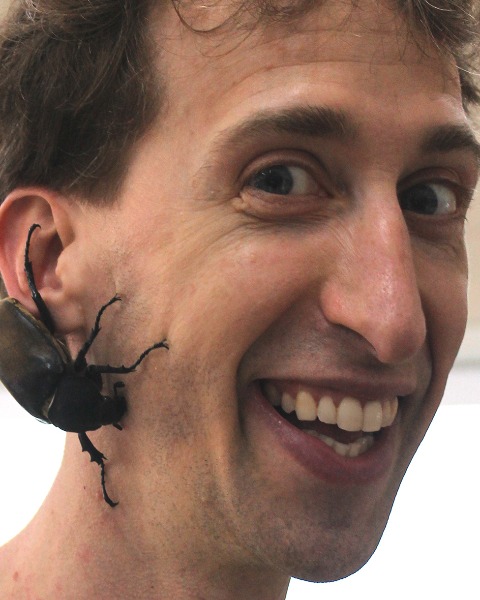Systematics, Evolution, and Biodiversity
Poster
SysEB: Morphology and Behavior
D3445: Do centipedes dream of many-legged sheep? Documenting sleep in the house centipede (Scutigera coleoptrata)
Wednesday, November 16, 2022
9:00 AM - 2:00 PM PT
Location: West Exhibit Hall A

Bug Hartsock (they/them/theirs)
Master's Student
University of Wisconsin
La Crosse, Wisconsin
Barrett Klein
Professor
University of Wisconsin
La Crosse, Wisconsin
Presenting Author(s)
Co-Author(s)
Sleep is a process that we understand from a personal perspective, but represents a great mystery with respect to its evolution, function, and how widespread the behavior actually is. One example of this knowledge gap is the lack of documentation of sleep in the entirety of the Myriapoda, the subphylum of arthropods that includes centipedes and millipedes. House centipedes (Scutigera coleoptrata) are a common household animal, an often uninvited roommate that originated in the Mediterranean. I will attempt to document sleep in the house centipede which will have larger implications for elucidating the evolutionary origins of sleep. Sleep can be broken into three essential indicators: an inactive versus active state, a greater response threshold during inactivity, and homeostatic regulation of the behavior. Infrared video recording will be used to document house centipede behavior, and any changes in that behavior. Vibratory stimuli will be used both to determine the response threshold during activity and inactivity, as well as used randomly to disrupt inactive periods and test for homeostatic regulation after disruption. House centipede behavior is intertwined with our own, as these animals live within the often ignored ecosystem that is our home environment. The results from this study will help us further understand the behavior of these small residents of the household ecosystem, and will be the first documentation of sleep in the Myriapods.


